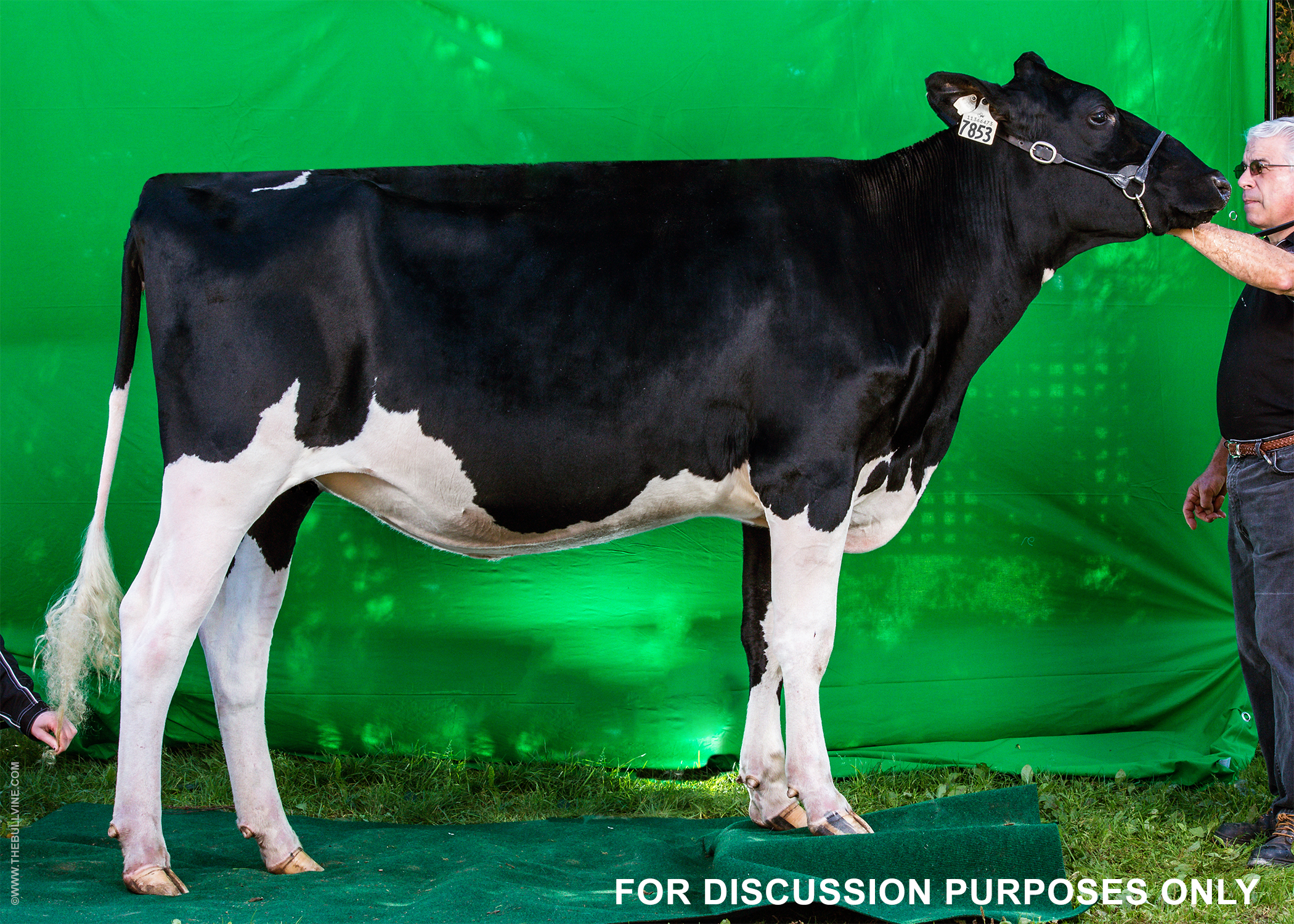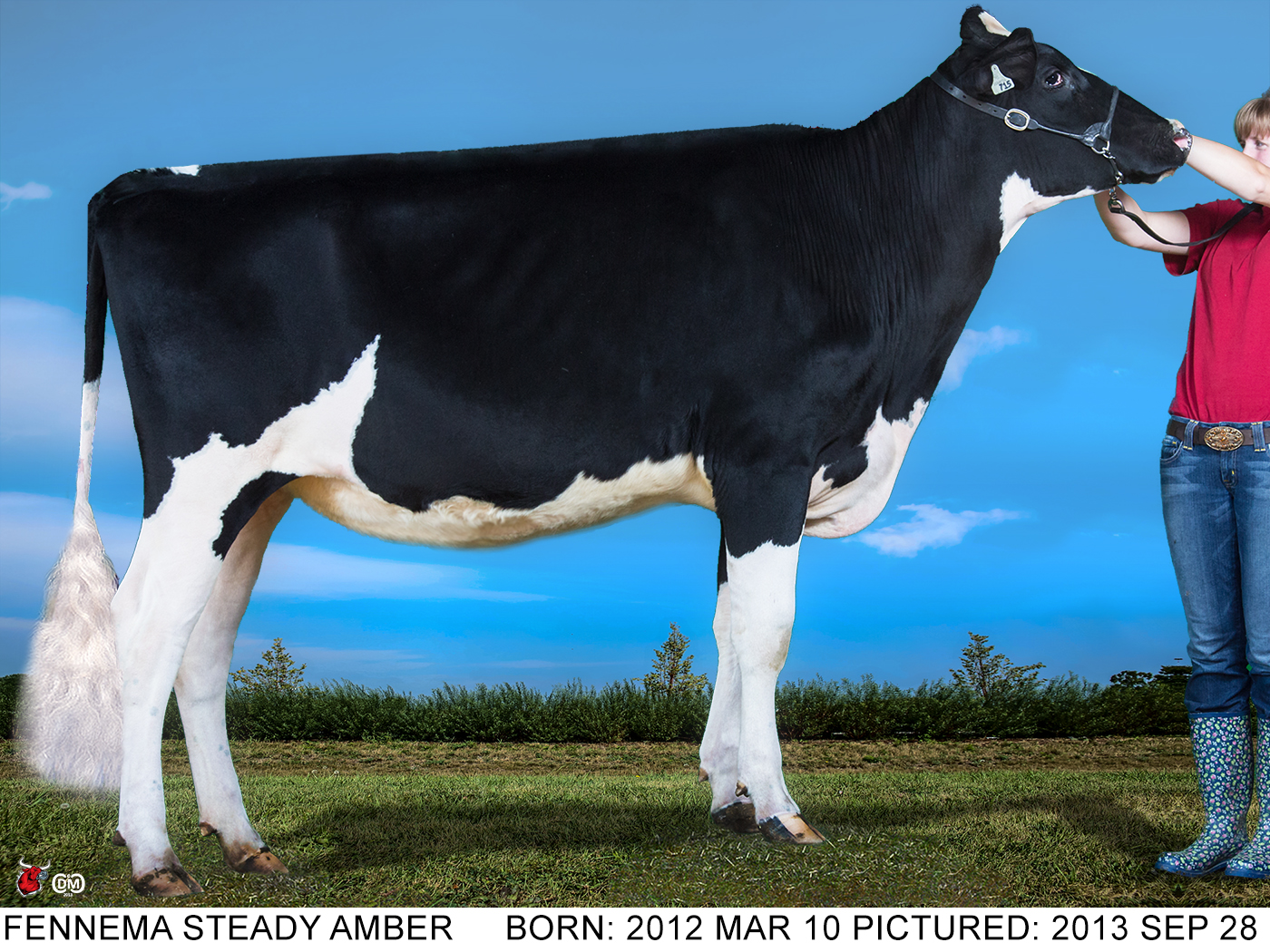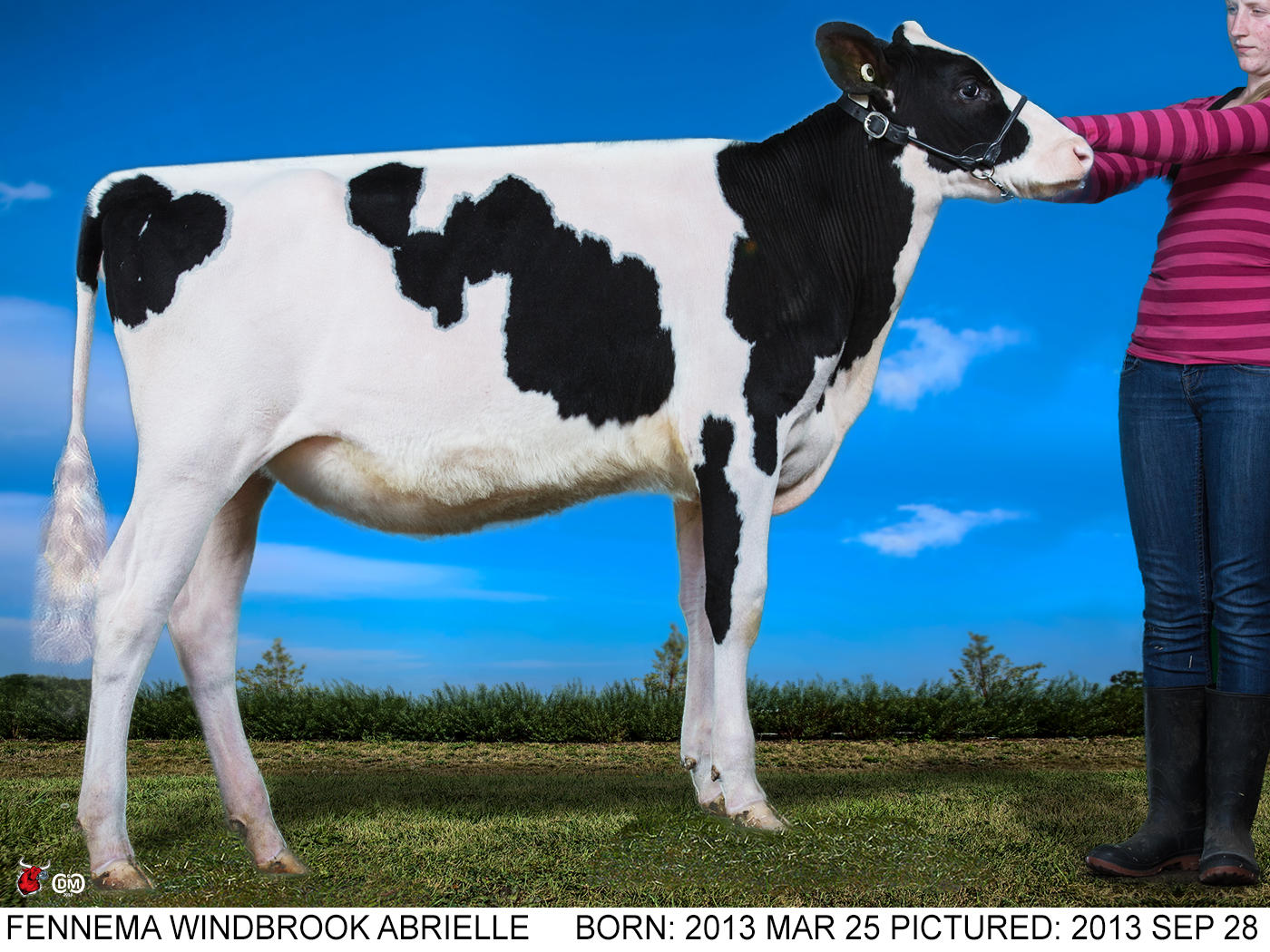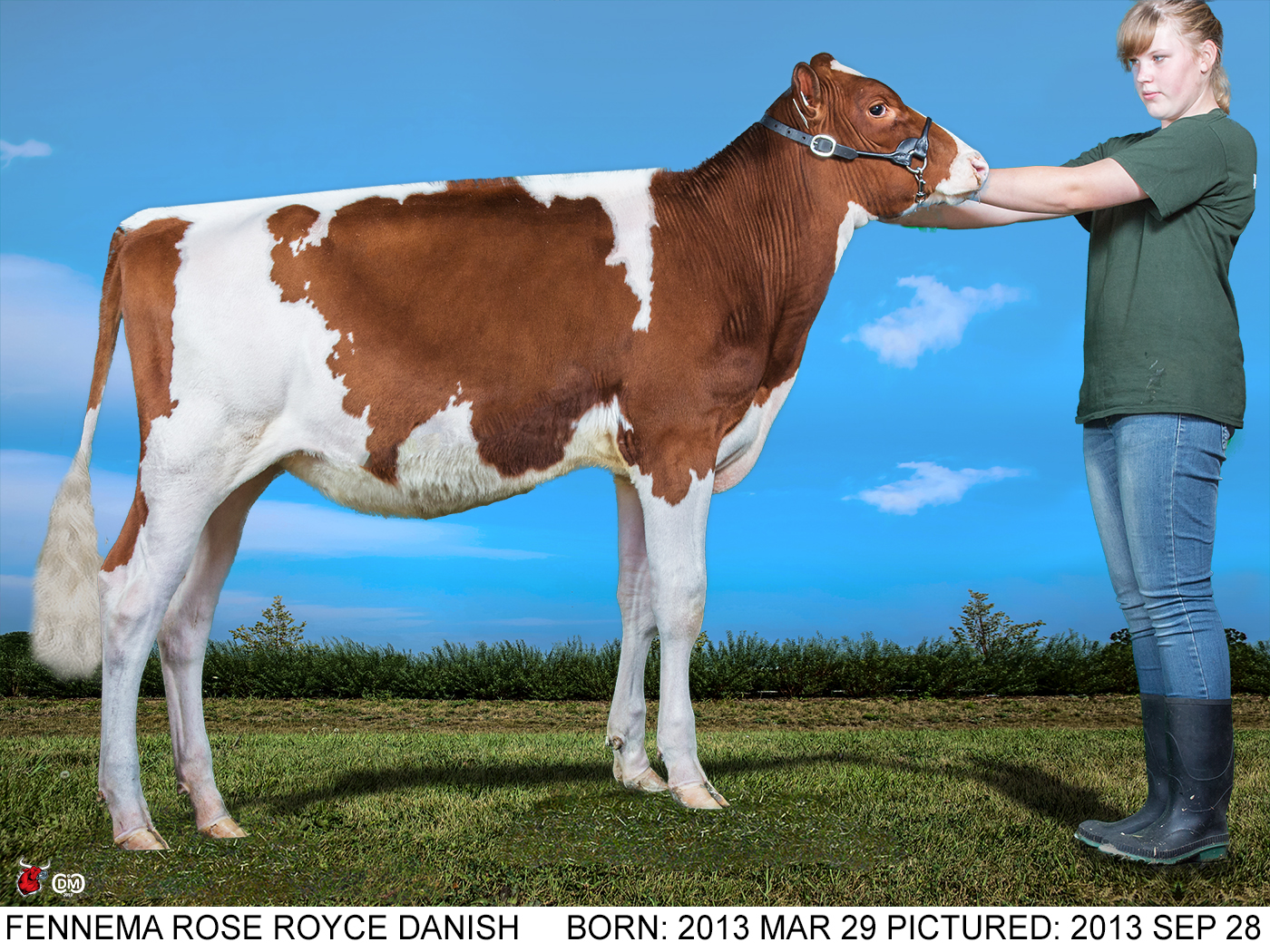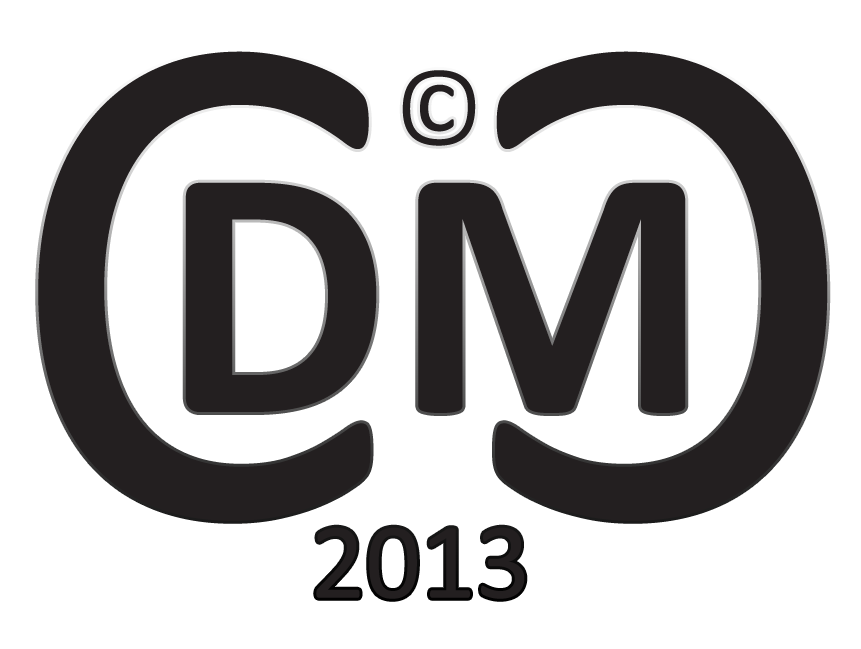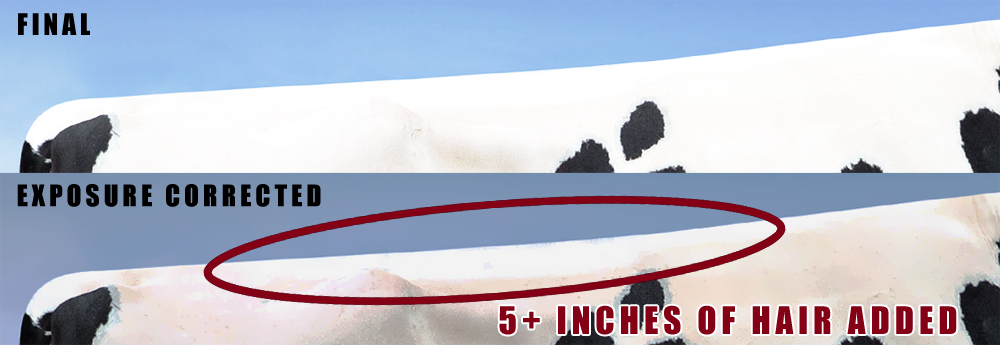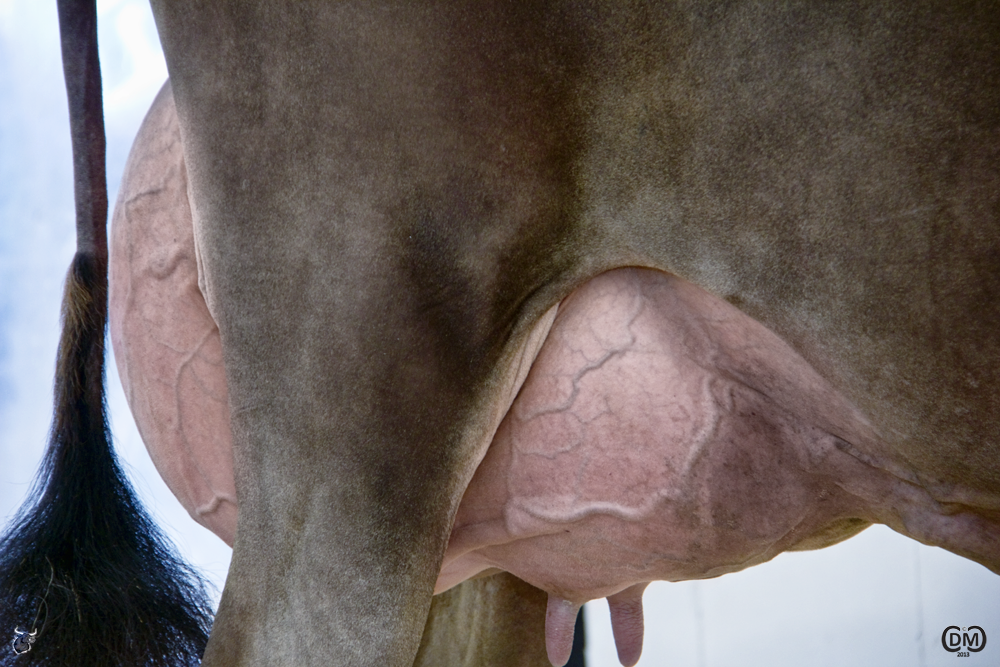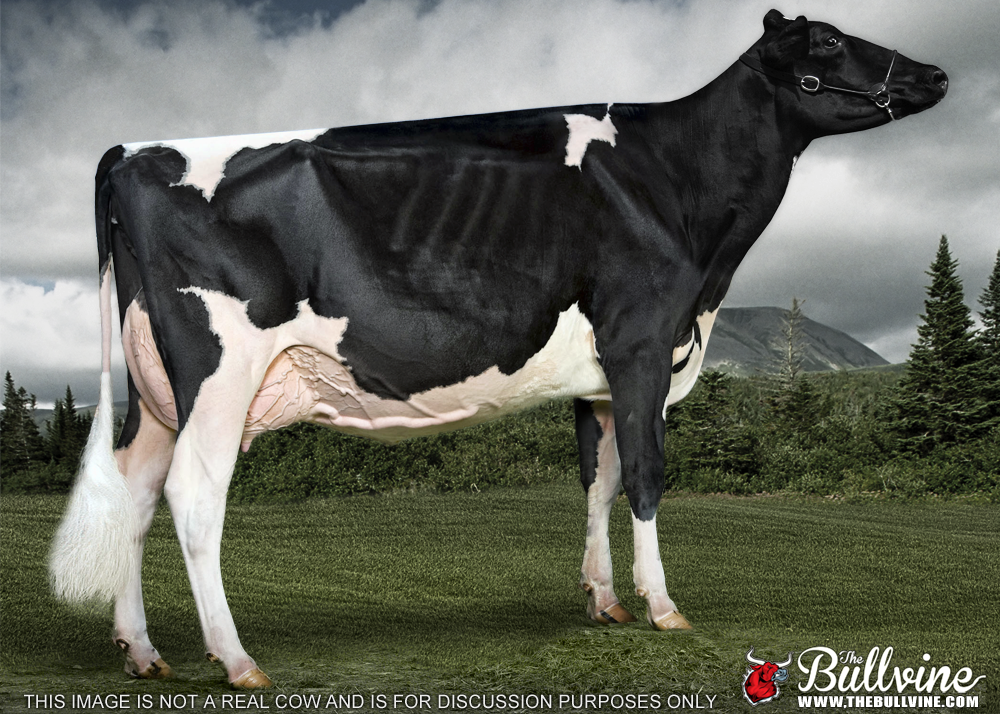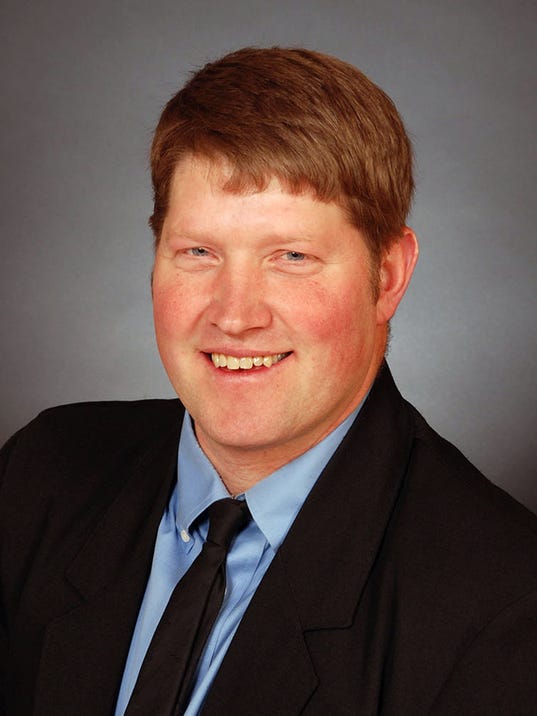 The recent experience of Wisconsin dairy farmers being dropped from their processors and left scrambling to find a new buyer for their milk should be a wake-up call. Dairy farmers, farm groups, and the Department of Agriculture, Trade and Consumer Protection should all take a long look at what has happened and what it means for the future of dairy farming in our state.
The recent experience of Wisconsin dairy farmers being dropped from their processors and left scrambling to find a new buyer for their milk should be a wake-up call. Dairy farmers, farm groups, and the Department of Agriculture, Trade and Consumer Protection should all take a long look at what has happened and what it means for the future of dairy farming in our state.
The hard work of pulling together to speak up for these farmers and find a home for their milk has brought our industry together in important ways. But it has also left some larger issues and divisions unresolved. For some in the ‘Blame Canada Crowd,’ over-production is still seen as a temporary problem that will somehow solve itself. But for a growing number of farmers and processors, this experience has opened their eyes to the need for a long-term program that better meets demand without oversupply, reduces price volatility and pays farmers a fair price for their milk.
So how could we do this? The dairy farmers of Canada decided to change their pricing system because they recognized the repercussions an ever-expanding supply of milk would have on Canadian family farms. With the help of a milk marketing board, they decided to develop this new price structure that incentivizes use of their own Canadian milk to make the butter, cheese, ice cream, yogurt, and other dairy products. This is the action of Canadian dairy farmers for their mutual benefit.
Perhaps it is time that U.S. farmers started thinking proactively ourselves.
Last summer WFU sent out a survey to the dairy farmers in Wisconsin. Farmers overwhelmingly support some type of inventory management program, however not one run by the government. Last week Ag Secretary Ben Brancel said that supply management would be too slow to adjust to changing market conditions.
But during a meeting last week between Wisconsin Farmers Union representatives and three farmers from the Canadian Federation of Agriculture, the point was raised that Canada’s pay price is still over $25 US per hundredweight of milk. Their system has responded to the market needs and also maintains a stable price, something that most American dairy farmers would like to see to stabilize their own farm businesses.
Let’s take a look at some numbers: 100 cows at 80 lbs of milk per day equals 8,000 lbs of milk for an average farm in Wisconsin. The current milk price of $15 per hundredweight means the average farm takes in $1,200 dollars per day. If there is a 2 percent surplus that is keeping our prices at $15, is there a way to manage that inventory to better meet the actual demand? Let’s create a mechanism to avoid that 2 percent of surplus and we should see prices rise. If we could get them to $20 per hundredweight, that same farmer will bring in $1,600 per day, adding $146,000 more per year to cover their costs. These extra dollars also have an important impact on the local communities that depend on the dairy industry.
Will this process be easy? No. Will it take thoughtfulness, input and cooperation from a variety farmers and farm groups? Yes. Will it be worth it in the long run? I believe so.
As the largest representation of milk producers in the USA, National Milk Producers Federation has the ear of Congress and has the ability to work with our elected officials. In the past NMPF has not been willing to talk about setting up a mechanism to manage inventory. But as an organization that represents over 85 percent of the total milk produced in the country, we need them to work towards a program that will reduce volatility and stabilize farm gate milk prices. We need them to use their position to get producers and processors talking to each other to better meet the actual demand.
I believe we should also take a look at what the Wisconsin Milk Marketing Board and other state and national dairy boards could do to help research the mechanisms of meeting market demand. This is definitely within their purview. Let’s have research that helps us envision scenarios to keep more farmers on the land instead of fewer and fewer. We as dairy farmers need these organizations to be more responsive to the dairy farmers who are struggling to keep their nose above the milk line. Dairy farmers, I encourage you to call the WMMB at 608-836-8822 and NMPF at 703-243-6111 and tell them we need them to work on matching supply with demand.
I applaud all the processors who have taken steps to address the issues of oversupply by communicating with their members. We as an industry need to take the bull by the horns and get together and solve the problem.
Source: Wisconsin State Farmer









